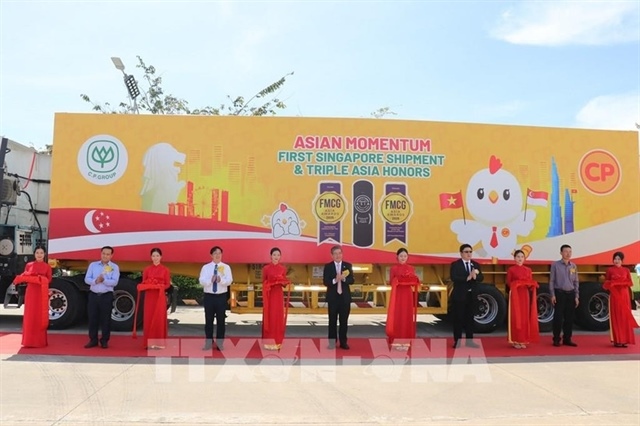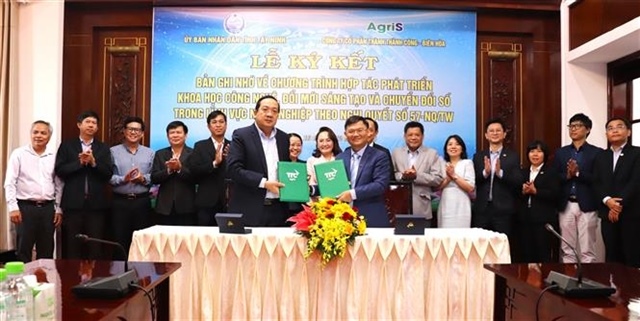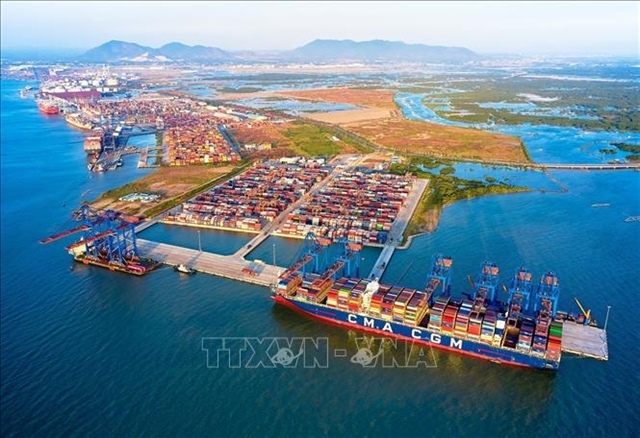Local textile, garment firms yet to reap FTA benefits
Local textile, garment firms yet to reap FTA benefits
Domestic garment and textile firms have, for the most part, missed out on the much-touted benefits of free trade agreements (FTAs) that Viet Nam has signed, experts said at seminar yesterday.

The firms in the country that have taken advantage of FTA breaks is the FDI sector, they noted.
Viet Nam has signed 12 free trade agreements, of which 10 FTAs have come into force: VN-ASEAN, ASEAN-India, ASEAN-Australia-New Zealand, ASEAN-South Korea, ASEAN-China, ASEAN-Japan, Viet Nam-Chile, Viet Nam-Japan, Viet Nam-South Korea and Viet Nam- Eurasian Economic Union, said Nguyen Ngoc Hoa, deputy director of the HCM City Department of Industry and Trade.
In the 2016-20 period, most tariff lines under the FTAs have entered the period of being deeply cut or completely removed, he said.
Garments and textiles are key export items for the country in general and HCM City in particular. If enterprises can take good advantage of FTA opportunities, the country will be able to increase export revenues as well as expand export markets, he said.
But to be able to enjoy preferential tariffs under FTAs, the products must meet requirements under the rules of origin, he added.
With weak materials supply and supporting industries, businesses in the garment and textiles face a big challenge in complying with the rules of origin, Hoa said.
Import reliance
Pham Xuan Hong, chairman of the Garment-Textile-Embroidery-Knitting Association in HCM City, said the garment and textile industry has to import around 70 per cent of its materials for production, mainly from China.
“Domestic garment and textile businesses have not taken much advantage of FTAs since they cannot meet rule of origin requirements.”
“And one of the main reasons for this is that Vietnamese firms lack knowledge on this issue,” he said.
Hoa said yesterday’s seminar was organised by the department in collaboration with the Ministry of Industry and Trade to help garment and textile businesses get updated information on rules of origin so that they can capitalise on preferential treatments under FTAs to boost exports.
Trinh Thi Thu Hien, head of the origin of goods division under the Ministry’s Export-Import Department, said that currently, more than 50 per cent of Viet Nam’s garment and textile products are making full use of opportunities provided by FTAs, but these are mainly FDI companies.
“Rules of origin can neutralise preferential tariffs under FTAs,” she said.
Goods eligible for preferential treatment under FTAs have to meet general or product-specific rules of origin, and have appropriate documentation, known as the certificate of origin (C/O).
Each FTA has its own certificate of origin form, she said.
A product can qualify for the C/O if it is cut-made-trimmed in Viet Nam under the ASEAN FTA, but under other FTAs like ASEAN-Japan and Viet Nam-Japan pacts, firms must meet the rules of origin from the fabric onwards, which is a big challenge for Vietnamese firms since the country still relies heavily on imported fabric.
Under the EU-Viet Nam FTA, the ministry has negotiated to apply more flexible rules of origin, Hien said. While this FTA also requires rules of origin to apply from fabric onwards, meaning that exports to the EU must use fabric produced in Viet Nam or the EU, the agreement also allows firms to use fabric from one third country which has FTAs with both Viet Nam and the EU.
At the seminar, Hien answered several questions raised by enterprises about FTA rules and procedures regarding C/Os.
Diversify markets
Hoa said exports in the garment and textile sector were still focused on a few main markets. He urged exporters to diversify their export markets, especially those with which Viet Nam has signed FTAs, so as to avoid or minimise risks.
Firms need to study carefully the characteristics of each market as well as its rule of origin requirements, he said.
Hong said garment and textile exports reached over US$14 billion in the first half of the year, a year-on-year increase of 11 per cent.
Following the solid first half performance, the industry is confident of achieving its 2017 export target of $30-31 billion, an increase of 10 per cent over last year, he said.























